Economics IAS Mains Question Paper 2022:
There are Eight questions divided into Two Sections. Candidate has to attempt Five questions in all. Questions no. 1 and 5 are compulsory and out of the remaining, any Three are to be attempted choosing at least One question from each section.
| Economics IAS Mains Question Paper 2021 Paper- I |
Section- A:
1:- Answer the following questions in about 150 words each : (10 × 5 = 50)
(a) Explain briefly Chamberlin’s concept of excess capacity in monopolistic competition.
(b) Discuss the concept of ‘liquidity trap’ in the liquidity preference model of interest.
(c) In demand for money, what are the major differences between ‘transaction approach’ and ‘cash balance approach’ ?
(d) Discuss the Factor Endowment theory of trade in terms of ‘abundance in factor prices’ and ‘factor abundance’.
(e) According to Hirschman, unbalanced growth can be through ‘Social Overhead Capital (SOC)’ or ‘Direct Productive Activities (DPA).’ Discuss.
2:- (a) Consider a duopoly market,
P = 100 – 2Q, MC = 10 and Q = q1 + q2
Where P : Market price
Q : Total output or the sum total of both firms’ output
q1 & q2 : Firm 1 and Firm 2’s output respectively
MC : Marginal cost
Suppose Firm 1 is the market leader and Firm 2 is the follower. Firm 1 decides its output first and then Firm 2 takes its output decision. Find equilibrium output, price and profit of both the firms. (20)
(b) Do you think Firm 1 would have had the first mover advantage if it had gone for the price adjustment? Explain your answer. (15)
(c) A competitive equilibrium is both Pareto efficient and equitable. Do you agree? Justify your answer. (15)
3:- (a) IS curve is the locus of equilibrium points in the commodity market. What do the points above and below the IS curve signify ? (15)
(b) Compare the deposit multiplier with the money multiplier. Is there any impact on the money multiplier arising out of massive use of credit and debit cards ? Justify your answer. (15)
(c) Discuss the effectiveness of the monetary policy in an open economy with flexible exchange rate and perfect capital mobility. Will this policy remain effective with fixed exchange rate also, while other things remain the same ? Explain. (20)
4:- (a) State the canons of taxation. Do you think that direct taxes are less burdensome than indirect taxes in generating equal amount of tax revenue ? Justify your answer. (20)
(b) Give economic rationale for public expenditure on elementary education – a merit good. (15)
(c) What will be the shape of the aggregate supply curve in the Classical and Keynesian models? Give detailed explanation. (15)
Section- A:
5:- Answer the following questions in about 150 words each : (10 × 5 = 50)
(a) Stating major assumptions in the Kaldor model of distribution, establish that share of profits in national income depends on the ratio of investment to total output.
(b) Explain the quantitative methods of credit control adopted by the central bank.
(c) Under Partial equilibrium analysis, discuss the consumption and revenue effects of tariffs.
(d) Show that in Domar’s growth model, in equilibrium, path of investment is exponential.
(e) With appropriate examples, discuss the difference between the flow and the stock concept of renewable resources. Can the availability of one of these two resources be less for the consumption of future generations? Justify your answer.
6:- (a) What do you mean by the warranted rate of growth ? Explain the knife edge instability problem in Harrod’s growth model. (15)
(b) Following Arthur Lewis, briefly state the sources of unlimited supply of labour and explain the mechanism of development of a dual economy of a less developed country. (20)
(c) Distinguish between Gender Development Index (GDI) and Gender Empowerment Measure (GEM) in terms of their components and constructions. (15)
7:- (a) Examine whether in Ricardian model, the theory of comparative advantage actually becomes a doctrine of comparative costs. (15)
(b) Distinguish between nominal and effective rates of protection in Standard Trade Model. Suppose
– nominal tariff on imported good j is 40%
– tariff rate on input i is 40%
– cost share of imported input i in the total cost of production of commodity j is 0.5%.
Determine the effective rate of protection and show that in this case nominal tariff rate is equal to the effective rate of protection. (20)
(c) Illustrate Jagdish Bhagwati’s doctrine of ‘Immiserising Growth’. (15)
8:- (a) State the functions of United Nations Conference on Trade and Development (UNCTAD). Do you think that UNCTAD has been successful in extending economic cooperation among the developing countries ? Justify your answer. (20)
(b) Why do developing countries rely on specifying a permissible level of pollution and impose it uniformly across all polluting units of the same kind? What are the problems associated with such a control method? (15)
(c) What are the major achievements and failures of COP (Conference of Parties) 26? (15)
| Economics IAS Mains Question Paper 2021 Paper- II |
Section- A:
1:- Answer the following questions in about 150 words each : (10 × 5 = 50)
(a) Outline the factors that caused decline of handicrafts during British rule in India.
(b) Discuss the features of targeted Public Distribution System in India and point out the obstacles in its implementation.
(c) Point out the contribution of C. N. Vakil to Indian Economic Planning.
(d) Describe the direct and indirect effects on women empowerment through 73rd and 74th Constitutional amendments.
(e) Examine the impact of the land tenure system during British India on Indian agriculture.
2:- (a) Highlight the major features of National Income trend and its sectoral composition during the last five decades. (20)
(b) Describe in brief the factors that led to the establishment of Reserve Bank of India (RBI) in the country. (15)
(c) Discuss, how the green revolution has affected the indigenous crops in India? What measures have been initiated by the Government in the later years to improve the productivity? (15)
3:- (a) Do you think that Multi Dimensional Poverty Index (MPI) is a better measure of poverty? Give reasons in support of your answer. What is the position of India in respect of MPI? (20)
(b) Discuss the development of Jute industry during pre-independent India. What were the main problems faced by this industry? (15)
(c) ‘The small and cottage industries promote indigenous entrepreneurship’. Comment on the statement with respect to India. (15)
4:- (a) Do you subscribe to the view that private sector is a key driver to economic development of India? Give reasons in support of your answer. (20)
(b) The economic growth has caused deterioration in income distribution in India during liberalisation period. Comment. (15)
(c) Discuss the rationale for continuance of power and irrigation subsidy in the agriculture sector in India. (15)
Section- B:
5:- Answer the following questions in about 150 words each: (10 × 5 = 50)
(a) Do you think that Indian development planning is a transition from centralized planning to indicative planning and subsequently to market based development? Explain.
(b) Discuss the prospects and challenges faced by Indian Agriculture due to World Trade Organisation (WTO) provisions.
(c) Analyse the challenges for economic recovery in India posed by sluggish growth in rural wage rates during the pandemic period.
(d) Do you think that flow of Foreign Direct Investment (FDI) would always be good for the growth of Indian economy? Critically analyse.
(e) Discuss the desirability of increased public expenditure in India in recent years.
6:- (a) What is the objective of exchange rate management? Do you think that the present regime of exchange rate management has been satisfactory in terms of building adequate foreign exchange reserves in India? Discuss. (20)
(b) Highlight the main features of National Policy for Skill Development and Entrepreneurship 2015. (15)
(c) What is the main purpose of General Agreement on Trade in Services (GATS)? What are the services covered under it? State the modes under which the services are supplied. (15)
7:- (a) Critically examine the various poverty alleviation programmes in India since 1970’s. (20)
(b) Differentiate between Current Account convertibility and Capital Account convertibility. What were the pre-conditions recommended by Tarapore Committee-I for adopting Capital Account convertibility. (15)
(c) Describe the main features of Monetary Policy, 2022. How far the objectives of this policy differ from the previous monetary policy? (15)
8:- (a) What are the various methods of privatization? Point out the methods adopted by the government for disinvestment in India. Comment on the proceeds from disinvestment in India. (20)
(b) What are the expectations from Foreign Trade Policy 2021-26? Elucidate your answer. (15)
(c) Point out the main features of Fiscal Responsibility and Budget Management (FRBM) Act.
To what extent, it has been successful in achieving the targets? (15)


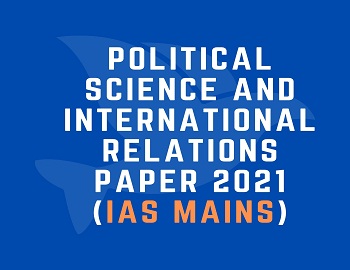

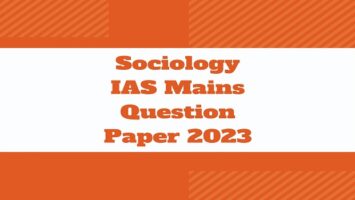

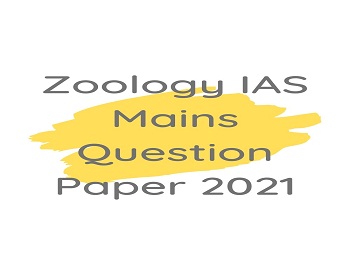
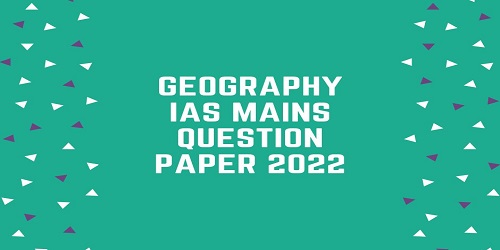
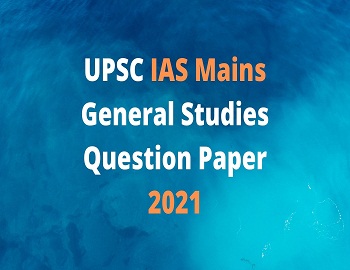
Comments (No)